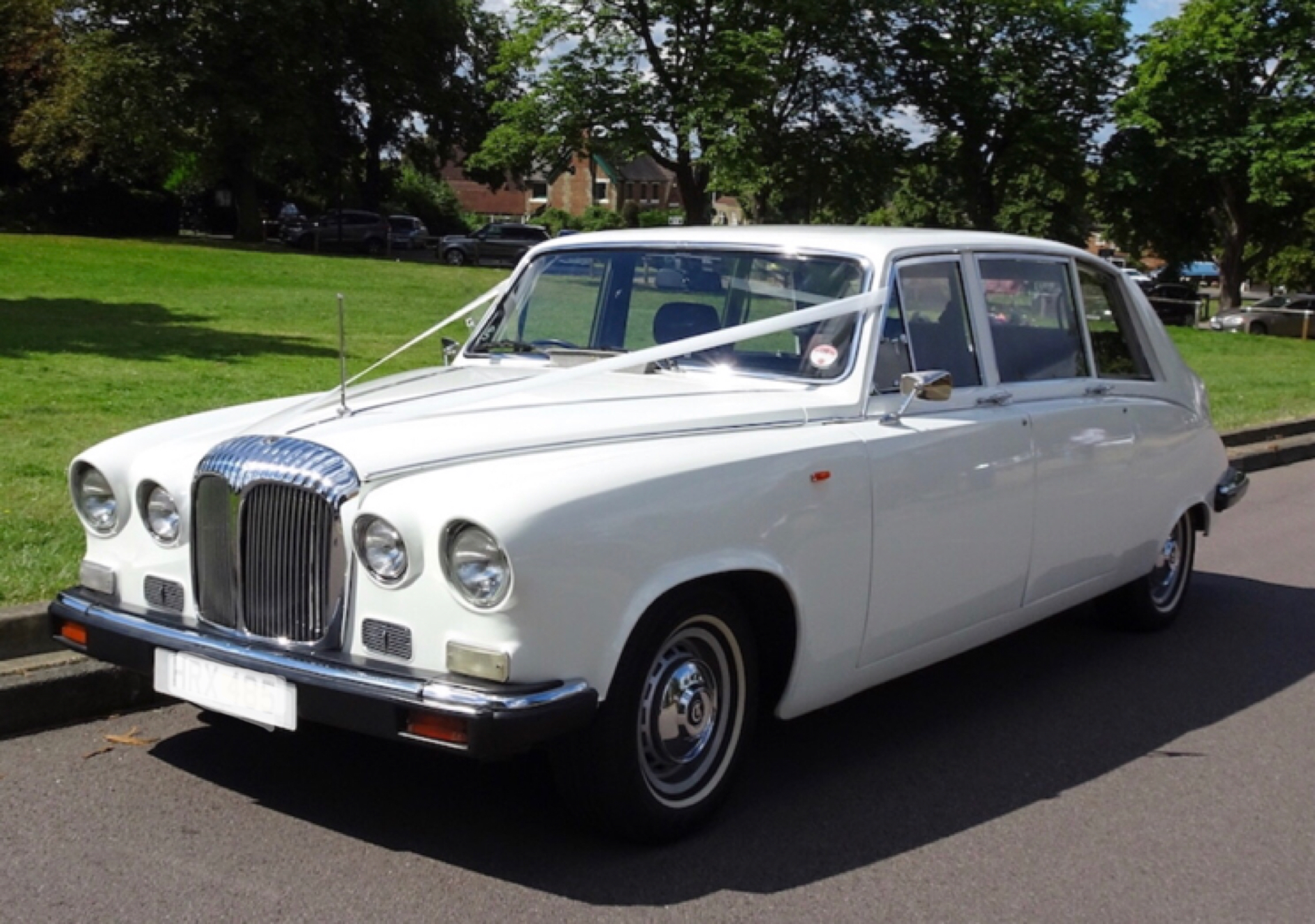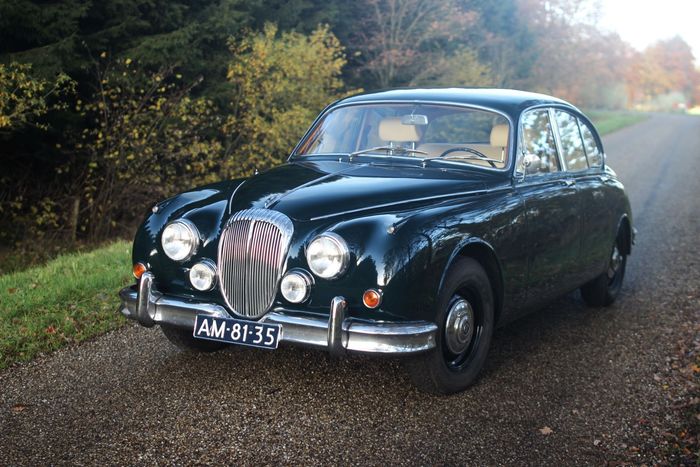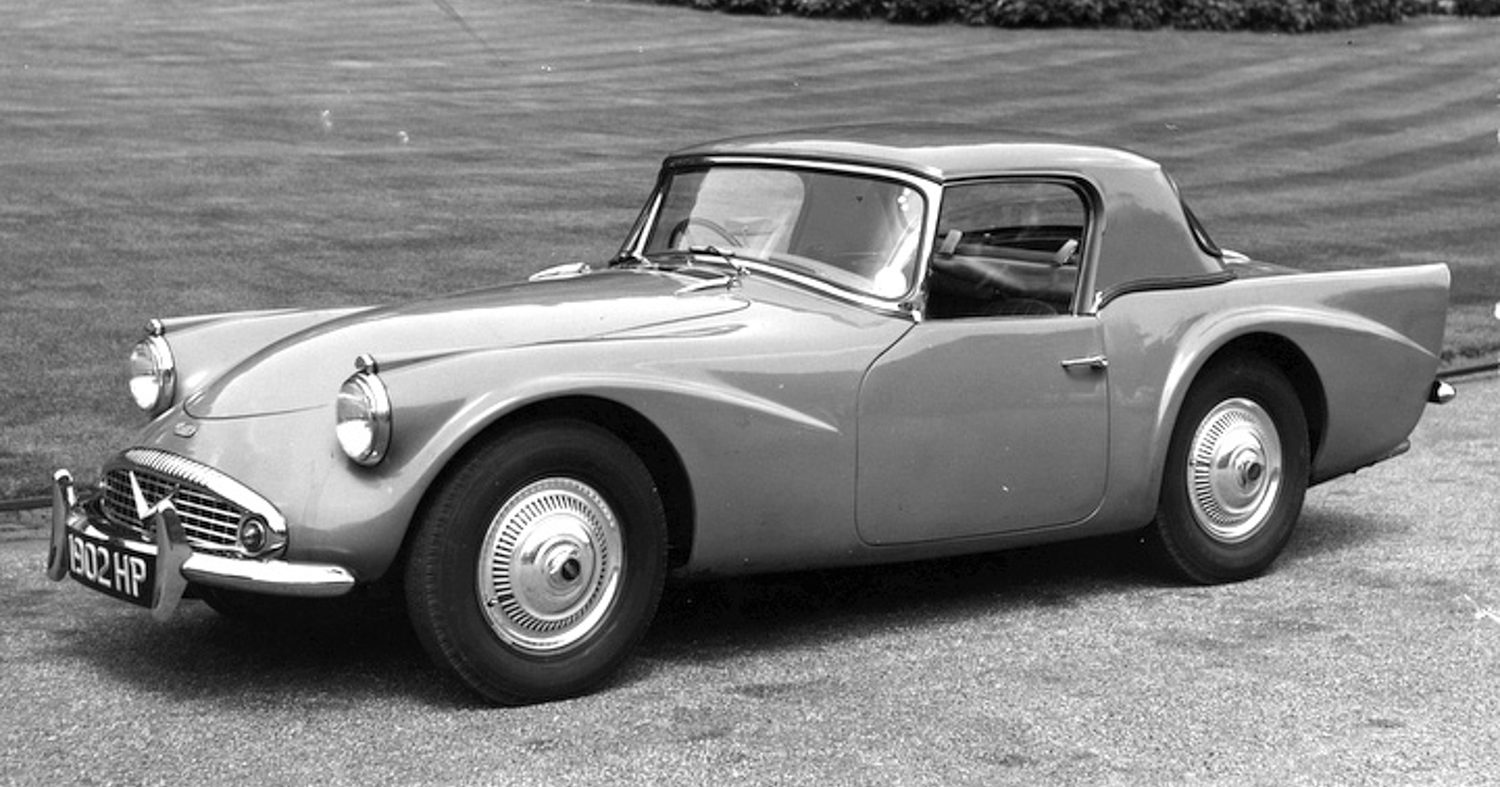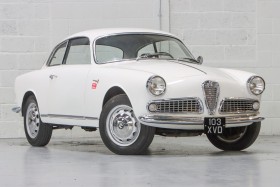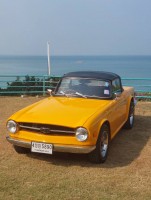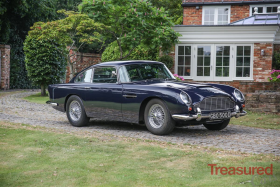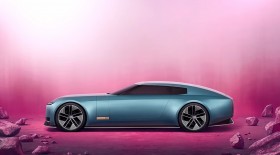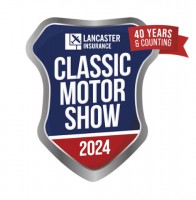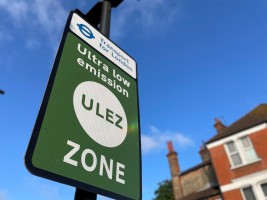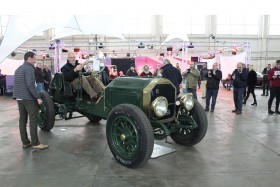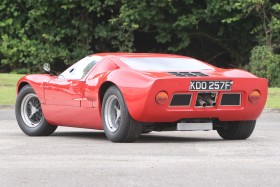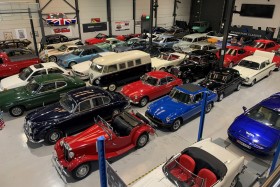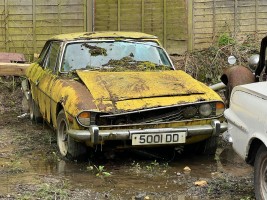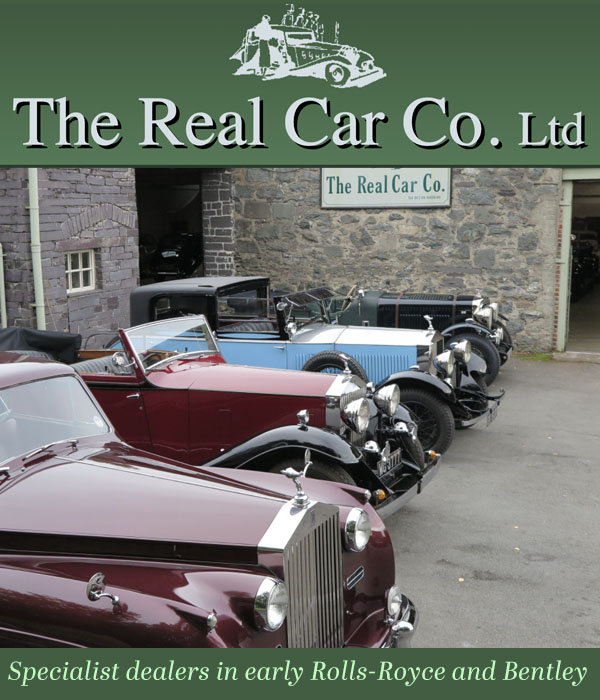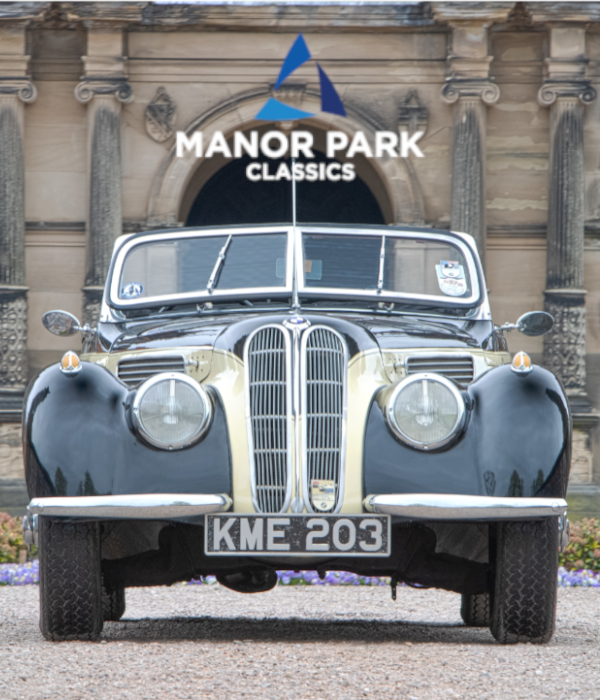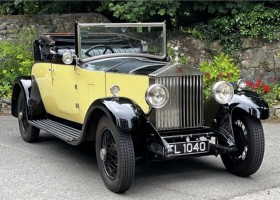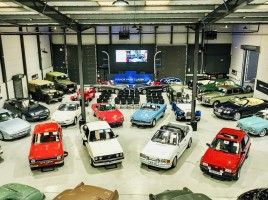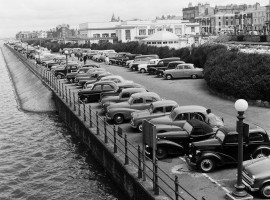how daimler became a rippled grille on a jag
From the Knight Sleevevalve to the Edward Turner Hemi
By: Terry Burgess Wed, 10 Jun 2020
Features
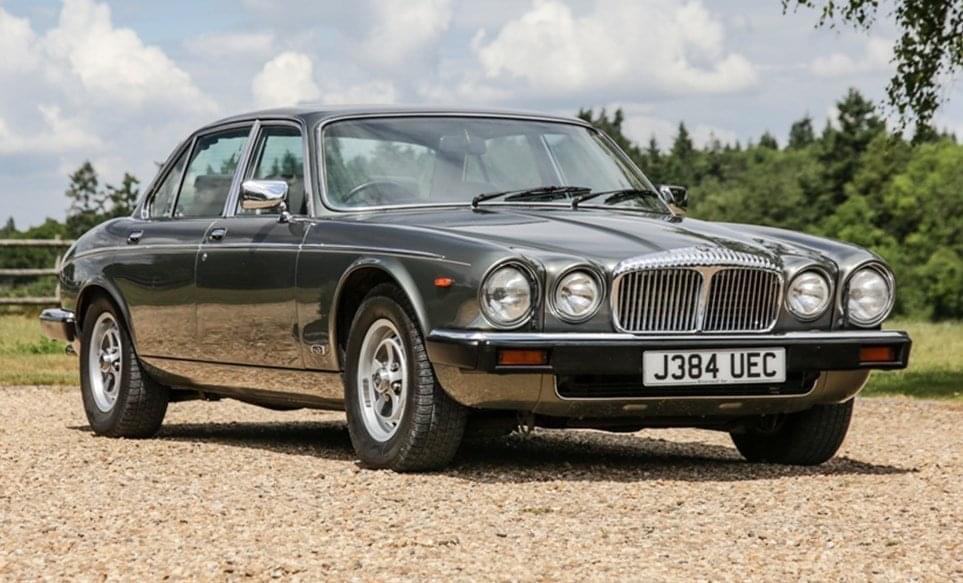
The history of the British Daimler company is complicated in the extreme, and cannot be fully retold here as the period this article will concentrate on is in the latter half of the twentieth century. The history of the marque begins in the nineteenth century!
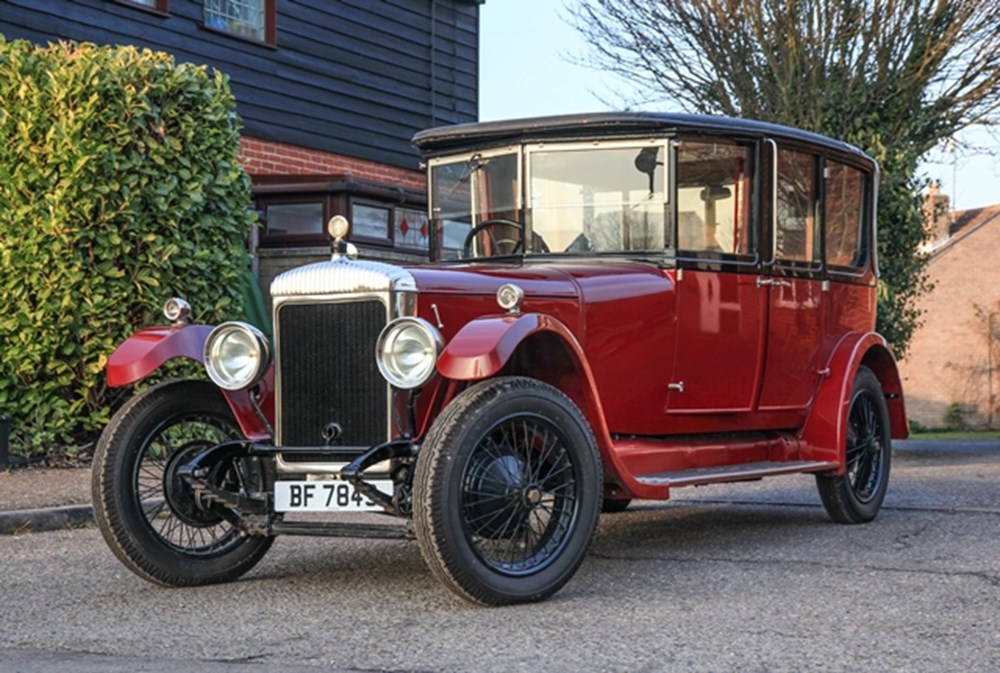
The name of the business is not English but German, Gottlieb Daimler having begun by producing small motor launch engines. Daimler engines were later fitted to a number of French-manufactured cars around the turn of the century and British companies were involved in the production of Daimler powered motor launches and, subsequently, motor cars, using the Daimler name, for which rights were secured.
Early in the twentieth century all ties between Daimler at Canstatt and Daimler in Coventry were severed and the British company soon began to use the Knight-Daimler sleeve valve engine in all of its cars. This unusual engine did not use the more common poppet valves and was very quiet in operation. However, due to its design, oil consumption was relatively high at 450 miles per gallon and the cars always left a slight trail of oil haze! Nevertheless, Daimlers became the cars of royalty across Europe and remained so until after WWII. The company was taken over by the BSA group as early as 1910 and acquired Lanchester in 1933. Sales were very badly affected by the Great Depression and some smaller cars were built in the 1930s with poppet valve engines, beginning with the Daimler 15, based on a Lanchester design. Wilson pre-select transmissions with fluid flywheels were used from 1930 and continued to be used after WWII.
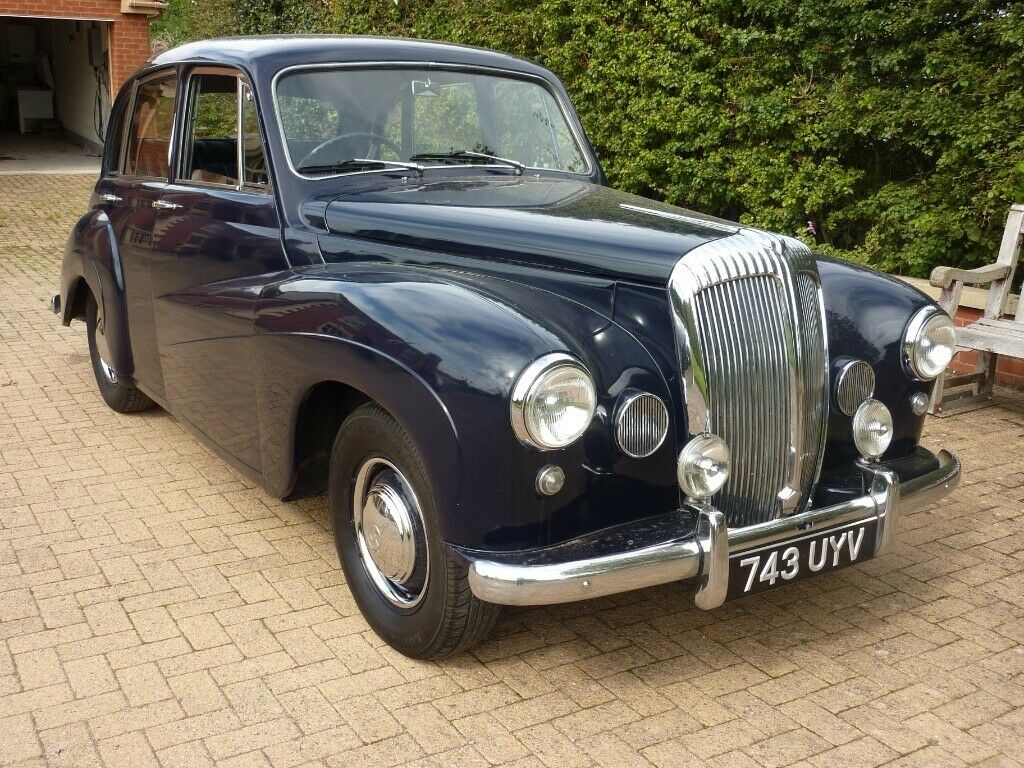
Daimler had a good war, producing aero engines, armoured cars and much other war materiel. After the war, cars were produced again, including the huge DE36 straight-eight, but also the more practical pre-war DB18 with a 2.5 litre straight six. Daimler also produced commercial vehicles and particularly buses, but we are looking here at car production.
Soon after the war the British Royal Family had problems with a new Daimler and traded it in for a Rolls-Royce Phantom IV. Thereafter all Royal Daimlers were replaced with Rolls-Royce cars. Daimler car sales were poor in austere post-war Britain and it was decided that Daimler needed a more modern and cheaper model of modest size. The result was the Conquest, which was really a Lanchester 14 with a Daimler grille and more luxury. This car, with a 2433cc OHV straight 6 and 75bhp was well received but did not sell in high quantities. It was later supplemented by the Conquest Century, with 100bhp. A drophead coupe was also produced and Conquest sales totalled approximately 9600, exceeding sales of the DB18 at 8200.
Sales of all other Daimler cars added together during the post-war period, up to the advent of the V8-powered cars, totalled about 3300. It can be seen from these figures that production levels were very low indeed. Following the departure of the controversial Lord and Lady Docker from the company in 1956, taking many Daimler customers with them, Edward Turner became the head of Daimler's Automotive Division. He it was who had designed Triumph's famous 'Speed Twin' motorcycle engine. He designed two V8 engines for use in Daimler cars, one of 2548cc and the other of 4561cc. These were advanced engines for the time, with hemispherical combustion chambers in alloy cylinder heads on an iron block. Production facilities limited the production of the smaller engine to 140 per week. The larger engine was only ever made in small numbers. In April 1959 the smaller engine appeared in Daimler's first ever true sports car, the Dart, later renamed SP250 after the Chrysler Corporation challenged the use of the 'Dart' name, the copyright of which was owned by Chrysler and already planned for use on the Dodge Dart, introduced in 1959 for the 1960 model year. The highly individualistic Daimler was launched at the New York Motor Show where its styling was met with a mixed reception. It had a glass reinforced plastic bodyshell on a chassis based on that of the Triumph TR3. The original version suffered from excessive flexibility of the body and chassis, addressed by a 'B' specification model introduced in 1960 which had other modifications. Performance was good, with a 120mph maximum speed and the car was used by a number of police forces for traffic duties.
The larger engine was used from 1960 in the Majestic Major. This was a V8 version of the existing Majestic 6-cylinder model which continued until 1962, with a production total of 1490. The Majestic Major was tested at 122mph with 0-60mph in around 11 seconds, which was considered to be excellent performance for such a large, comfortable car in 1960, with the added benefits of excellent handling and roadholding. However only 1180 were built from 1960-68 with a further 864 long wheelbase DR450 models using the same engine.
In 1960 Daimler cars was taken over by Jaguar. The reason for the takeover wasn't that Daimler was considered a threat to Jaguar's domination of the market sector or that Jaguar wanted to acquire Daimler's magnificent new V8 power units. It was really about 'real estate'. Jaguar needed to increase production capacity and was unable to obtain the necessary Industrial Development Certificate required to build new facilities close to its existing factory in Coventry. At that time the Conservative government of Harold Macmillan was determined to increase job opportunities in the unemployment blackspots of Clydeside, with the decline of shipbuilding, and Liverpool, with the decline of the docks. As a result of this policy, Rootes group built the Hillman Imp at Linwood on Clydeside, BMC opened a plant at Bathgate to produce trucks, Ford built an assembly plant at Halewood, Vauxhall at Ellesmere Port and Standard Triumph at Speke. Jaguar solved its problem by buying Daimler. Under an agreement with Stratstone, the Daimler distributors, Jaguar cars undertook to provide Daimler-badged models in the manner of the Conquest models, provided Stratstone gave up their Volkswagen distributorship, leading to the 2.5litre V8 version of the Jaguar MK2, sold as the Daimler 2½ Litre V8.
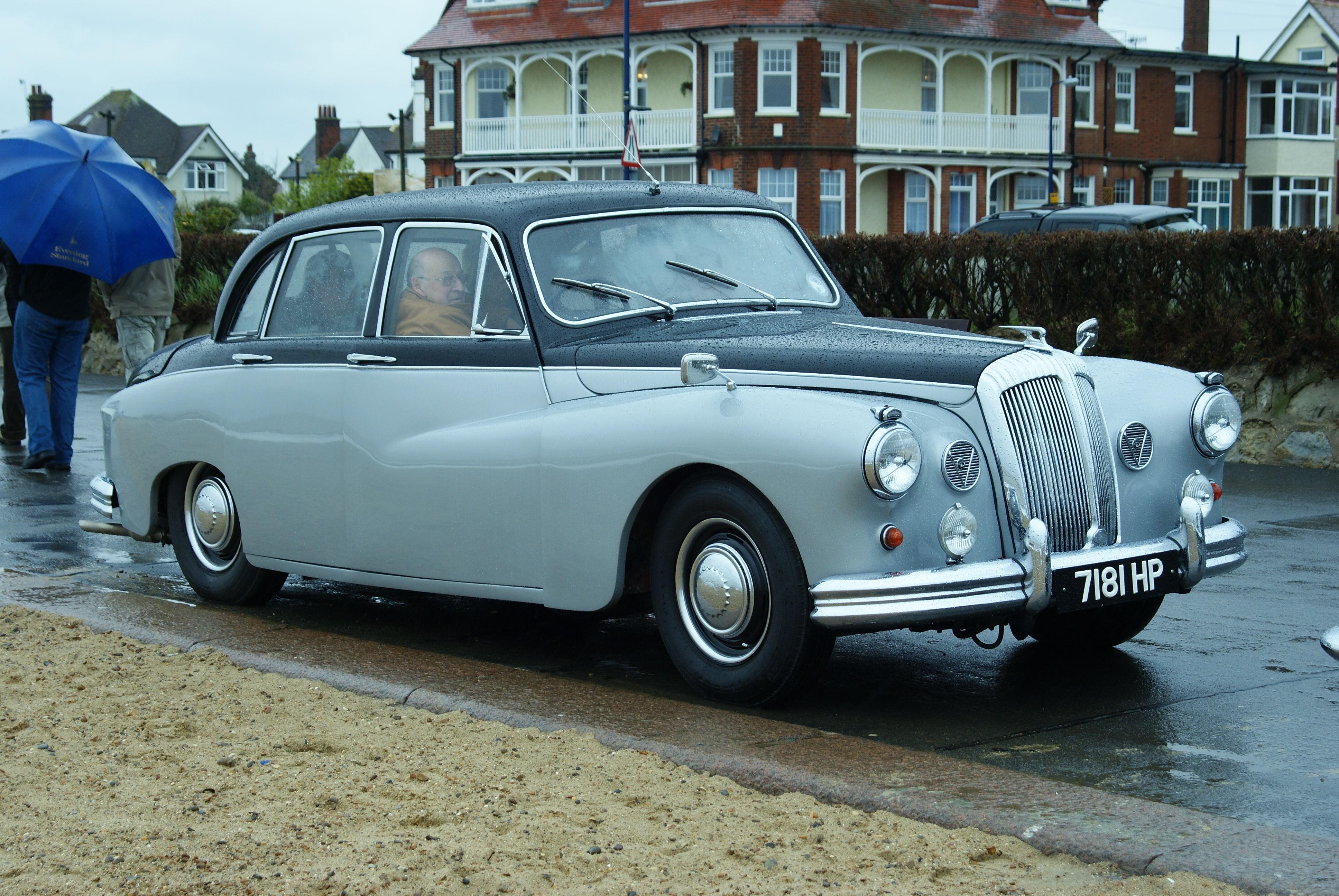
The cessation of Daimler-badged models in 2007 must have pleased Daimler AG, although that company is generally known as Mercedes, a name derived from the daughter of Emil Jellinek, an early director of the German Daimler company, which had sold the rights to use the Daimler name on motor-cars to the British company and to Austro-Daimler. The Mercedes name was adopted to avoid confusion and legal problems.
Jaguar also stated at the time of their takeover that they would continue to develop new Daimler models, and it is arguable that they did this for as long as they were an independent company. Whether the Daimler would have continued to differ from the Jaguar in engineering terms after 1969 had Jaguar remained independent is not clear, but, following its absorption in 1968 into the giant British Leyland conglomerate along with BMC, who had merged with Jaguar Cars in 1966, Jaguar had lost its ability to ensure the survival of Daimler as anything more than a 'rippled grille on a Jaguar'. The larger V8-engined models (the last pure Daimlers) disappeared in 1968 and the V8-250 continued until the next year alongside the 240 and 340 Jaguars. The new Daimler DS420 Limousine was built on an enlarged Jaguar 420G (or MK10) floorpan and used the venerable Jaguar XK 4.2 litre 6-cylinder power unit. The Daimler DNA was extinct.
The brand name continued until 2007 when, under Ford ownership, its use was discontinued.
You may be wondering if Jaguar might not have made better use of the wonderful Turner V8s. There is no doubt that the Daimler 2.5 V8 was more powerful than the MK2 2.4, being 3 seconds faster to 60mph in automatic form and having a 10mph better maximum speed, but it also used more fuel. The Jaguar 3.4 provided superior performance and, from 1967, the 240 was both a little faster than the Daimler and much more economical. The Daimler engine was also more expensive to produce. Regarding the larger unit, a comparison between the Majestic Major and the Jaguar 420G reveals that the Daimler, although surprisingly slightly lighter than the Jaguar, achieved a very similar performance. Had Jaguar decided to make more use of the Daimler units, a huge investment in mass-production capacity for 2 engines would have been required and it is really not surprising that they decided to continue mass-producing only the XK unit. Two possibilities occur to the Daimler enthusiast. The first is that the larger engine might have been fitted to the MK2 Jaguar shell, thus providing a car with superior performance to the Jaguar MK2 3.8, and the second is that the SP250 might have become the SP450! In both cases the performance available might easily have exceeded the abilities of the chassis' to cope with it and the V8's limited production capacity would have been a problem, quite apart from the development costs involved in adapting the cars to receive the larger engine, although the 4561cc unit has been fitted to both models by enthusiasts. Jaguar might also have considered using the large Daimler V8 in its new E-type and MK10 models, but replacing a DOHC engine with another manufacturer's pushrod unit would not have appealed to Jaguar management, with Sir William Lyons still firmly at the helm at that time. The V8s certainly sounded nice but did not have the showroom appeal of the beautiful XK and did not offer any particular performance advantages, the Jaguar engine having had hemispherical combustion chambers from its inception in 1948! The XK would continue in production until 1992 with the last produced engine being fitted to the last produced Daimler DS420 Limousine registered L420YAC at Brown's Lane, Coventry, now part of the Jaguar Daimler Heritage Trust collection.
Incidentally, the rippled Daimler grille derived from the use of cooling fins on the header tanks of the traditional exposed vertical radiators of early British Daimlers.
In concluding this article, it is interesting to note that, as an independent producer of automobiles, Daimler was early distinguished by the use of the unusual Knight sleeve-valve engine, followed by the adoption of the unusual Wilson pre-selector gearbox with fluid flywheel and finally by the adoption of the unusual (for the UK) Turner hemi-V8s. It certainly wasn't your average car manufacturer. The rippled grille was the least of it.



